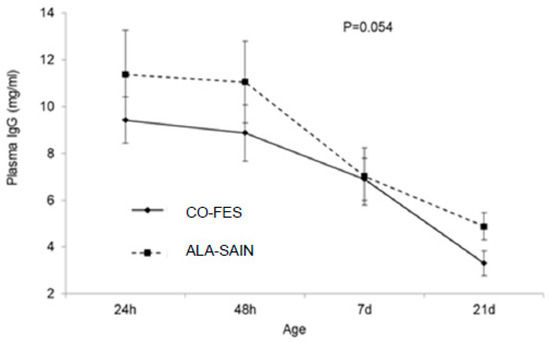Toxins, Free Full-Text
Por um escritor misterioso
Descrição
Mycotoxins are secondary metabolites produced by fungal species, which pose significant risk to humans and livestock. The mycotoxins which are produced from Aspergillus, Penicillium, and Fusarium are considered most important and therefore regulated in food- and feedstuffs. Analyses are predominantly performed by official laboratory methods in centralized labs by expert technicians. There is an urgent demand for new low-cost, easy-to-use, and portable analytical devices for rapid on-site determination. Most significant advances were realized in the field bioanalytical techniques based on molecular recognition. This review aims to discuss recent progress in the generation of native biomolecules and new bioinspired materials towards mycotoxins for the development of reliable bioreceptor-based analytical methods. After brief presentation of basic knowledge regarding characteristics of most important mycotoxins, the generation, benefits, and limitations of present and emerging biorecognition molecules, such as polyclonal (pAb), monoclonal (mAb), recombinant antibodies (rAb), aptamers, short peptides, and molecularly imprinted polymers (MIPs), are discussed. Hereinafter, the use of binders in different areas of application, including sample preparation, microplate- and tube-based assays, lateral flow devices, and biosensors, is highlighted. Special focus, on a global scale, is placed on commercial availability of single receptor molecules, test-kits, and biosensor platforms using multiplexed bead-based suspension assays and planar biochip arrays. Future outlook is given with special emphasis on new challenges, such as increasing use of rAb based on synthetic and naïve antibody libraries to renounce animal immunization, multiple-analyte test-kits and high-throughput multiplexing, and determination of masked mycotoxins, including stereoisomeric degradation products.

TOXIN-FREE LIFE

Type II Toxin-Antitoxin Systems: Evolution and Revolutions

Discovery of a rapidly evolving yeast defense factor, KTD1, against the secreted killer toxin K28

Clean Living: How to Reduce your Toxic Load - Finesse Fitness
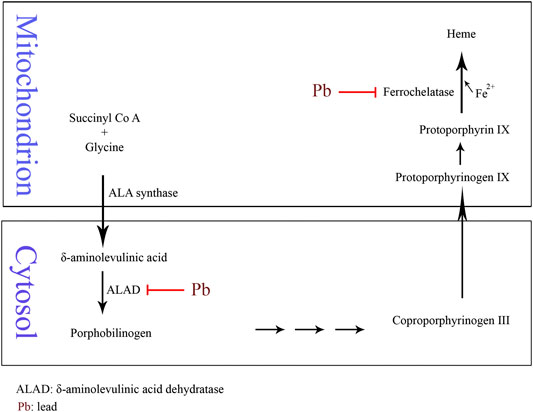
Frontiers Toxic Mechanisms of Five Heavy Metals: Mercury, Lead, Chromium, Cadmium, and Arsenic

Toxic Chemicals in Perfumes - Essential Oils
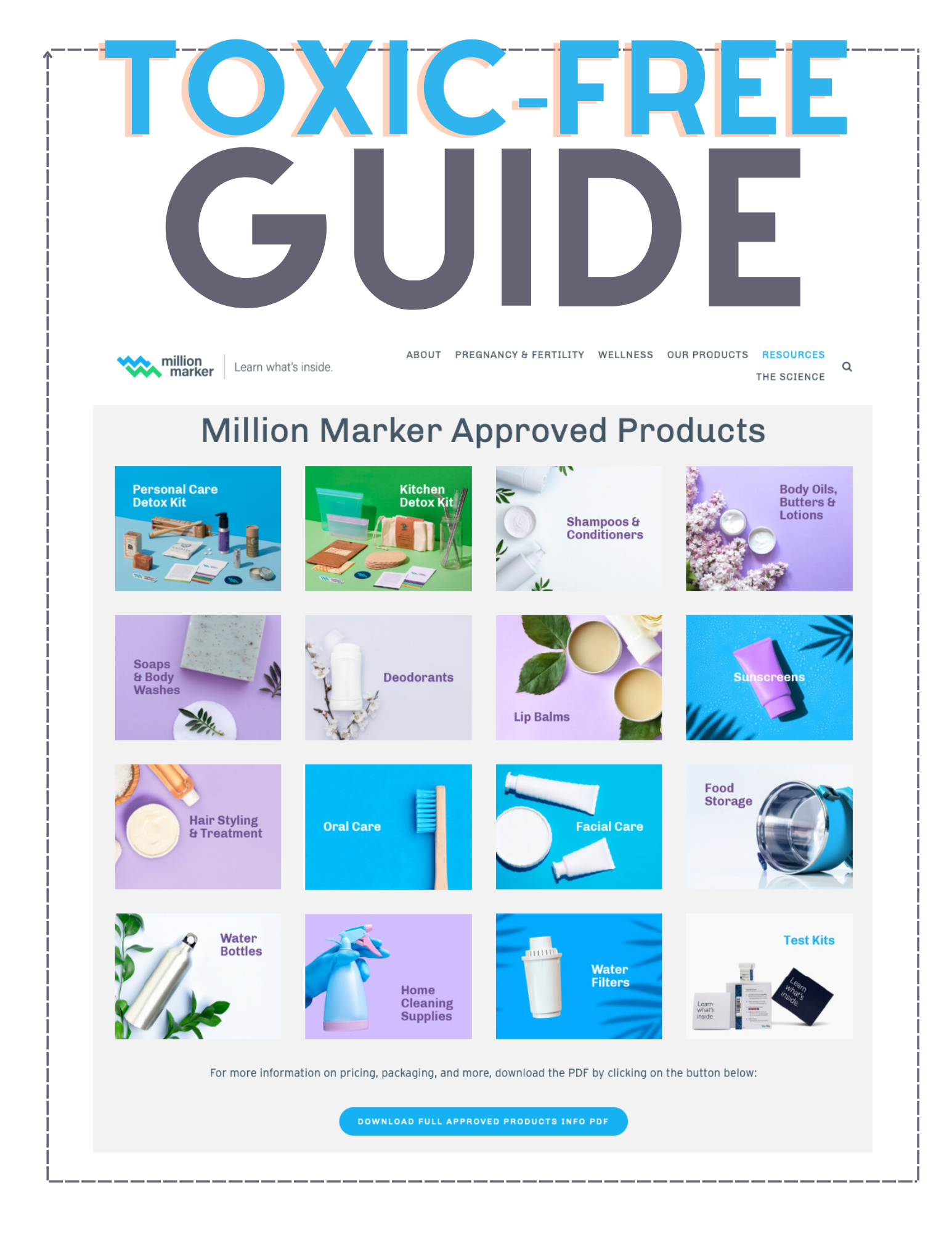
Declutter Toxins from Your Home and Life with Dr. Jenna Hua — Wannabe Clutter Free

Diseases, Toxins & Pathogens That Disrupt Homeostasis - Video & Lesson Transcript
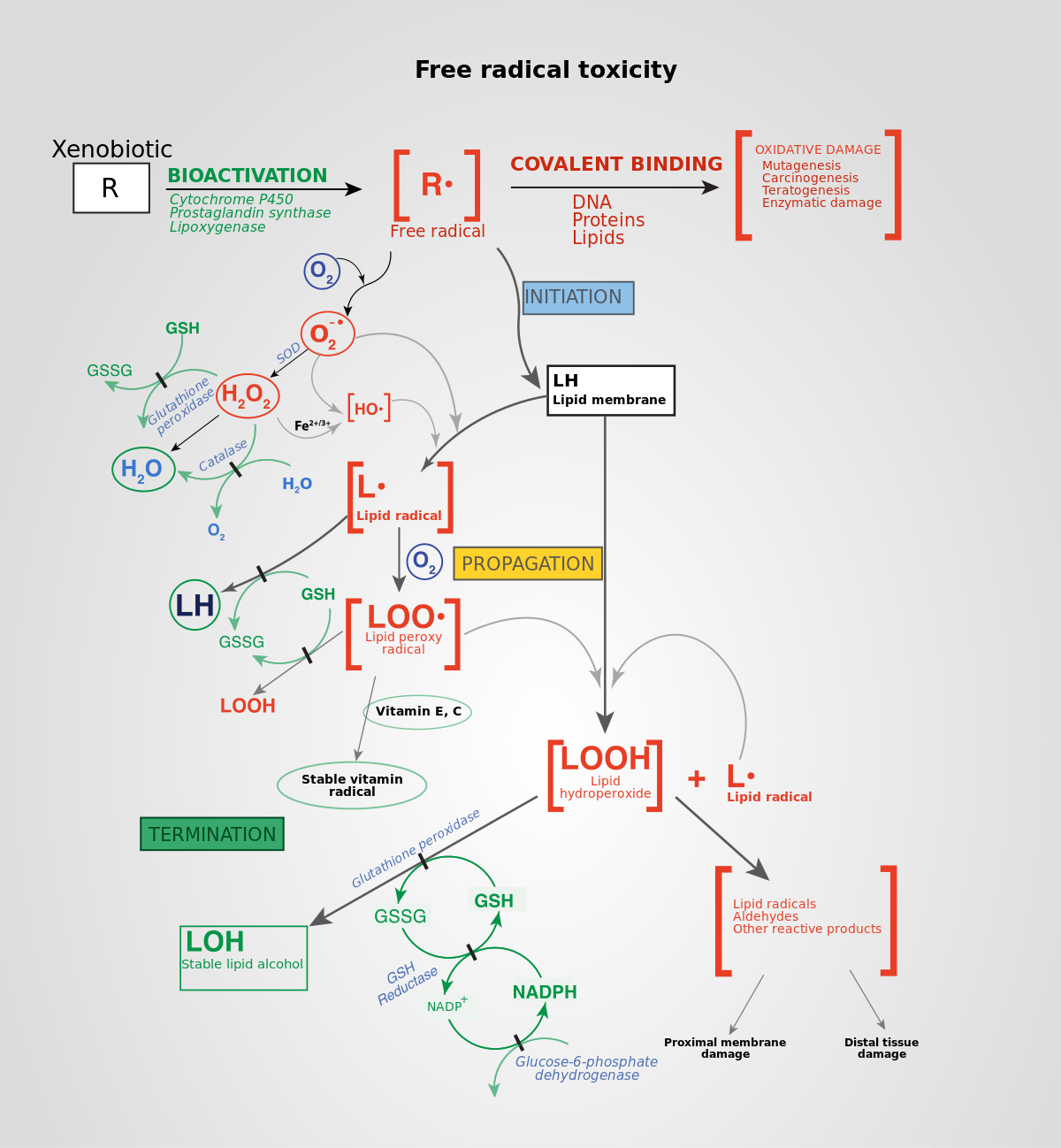
Oxidative stress - Wikipedia
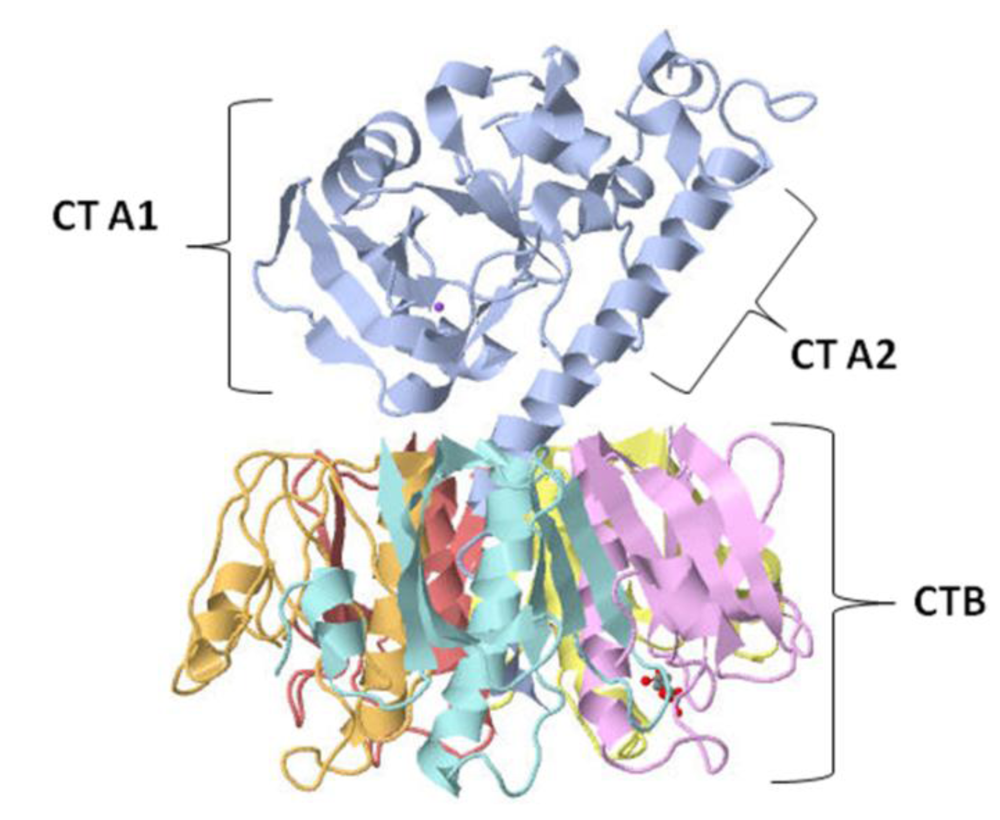
Toxins, Free Full-Text
de
por adulto (o preço varia de acordo com o tamanho do grupo)


